Every dynasty, every "earth-shattering" battle of the nation can be material for making movies, but we still do not have any films that make the world nod in approval.
That was the comment of General Director and Editor-in-Chief of Hanoi Radio and Television Nguyen Kim Khiem in the academic discussion "The Legend of Da Trach - From National Epic to Cinematic Language" held on August 5 at the Hanoi Museum.
From a legendary film project…
The seminar, organized by Hanoi Radio and Television, is a key activity in a series of pre-production events serving the production of the special film "Huyền tình Dạ Trạch" to create a solid academic foundation for artistic creation from folk cultural heritage.
General Director and Editor-in-Chief of Hanoi Radio and Television Station Nguyen Kim Khiem. (Photo: PV/Vietnam+)
Making a historical film based on the legend of Chu Dong Tu-Tien Dung, Mr. Nguyen Kim Khiem did not dare to expect that the work would not cause controversy, only hoping that it would cause as little controversy as possible.
“The historical context took place thousands of years ago, we lack documents about society, costumes, and life, while the legend of Chu Dong Tu-Tien Dung has existed among the people for many generations, so people will have different views. Therefore, we can only try to bring a specific image of a brilliant period of the Dong Son civilization, close to everyone's imagination,” said Mr. Khiem.
The discussion is the first step in a creative journey based on academics, where historical values, folk symbols and cultural spaces are approached with cinematic thinking, laying the foundation for a work that is deeply Vietnamese and rich in depth.
Many artists and actors attended the discussion to better understand historical filmmaking materials. (Photo: PV/Vietnam+)
The experts have provided a panoramic view of the living space of ancient Vietnamese people, of the Van Lang period and pre-Dong Son cultural elements, which is expected to open up a multi-dimensional perspective on the legend of Chu Dong Tu-Tien Dung, not only from the perspective of familiar romantic love but also as a folk epic, reflecting the cultural, historical, religious and spiritual thinking of ancient Vietnamese people.
A special highlight of the discussion was the new approach to Chu Dong Tu - not only a legendary figure but also a "saint of love" of the Vietnamese people, representing the spirit of freedom, overcoming social prejudices, and harmonizing people with nature and spirituality. This character is considered an image with great potential to be transformed into a cinematic image, contemplated and spread through many forms of art.
Mr. Nguyen Kim Khiem said that this is an important first step, laying the intellectual foundation for the journey of creating historical-cultural cinematographic works of the Station. At the same time, it is also an affirmation of the Station's pioneering role in the strategy of developing the capital's cultural industry, connecting academia, art, and media in a modern and unique whole.
Costume sketches for the film. (Photo: PV/Vietnam+)
“In the context of developing life, along with the impact of technology and modern equipment, historical and cultural stories need to be brought to the public in a more natural and attractive way. That is also the responsibility of press, media, and cultural agencies, to arouse values and pride in national history and culture,” said Mr. Khiem.
Based on such thoughts, Hanoi Radio exploited and inspired folk values through the language of cinema. The film project “Huyen Tinh Da Trach” is not only a film but also a journey to retell Vietnamese cultural heritage with modern thinking and new media technology.
“Through the lens of archaeology, history and art, from the legendary context to artistic material, these are suggestions for a creative journey based on academics, where historical values, folk symbols and cultural spaces are approached with cinematic thinking, laying the foundation for a work that is deeply Vietnamese and rich in depth,” said Mr. Nguyen Kim Khiem.
…to telling history through film
From the special film project of Hanoi Radio, experts are struggling with how to tell the country's cultural and historical stories in the language of cinema, only then can we improve the current situation of young people knowing more about foreign history than their own history.
Scene of the discussion. (Photo: PV/Vietnam+)
According to Chairman of the Council of Science and Training, Hanoi National University, Vice Chairman of the Vietnam Historical Science Association, Professor-Doctor of Science Vu Minh Giang, spreading historical and cultural values through many art forms, including cinema, has been a concern for many years, not only for him but also for many experts and culturalists.
“Vietnam has a huge, rich, and diverse cultural treasure... Culture is not something to just admire and praise, but must be a resource for us to bring into life, creating strength based on its meaning,” Professor Vu Minh Giang emphasized.
Sharing with reporters of VietnamPlus Electronic Newspaper, Professor Vu Minh Giang said that Vietnam's historical film projects are lacking 4 T's: Heart, vision, money, talent.
Professor and Doctor of Science Vu Minh Giang. (Photo: PV/Vietnam+)
Specifically, he believes that to have a film worthy of the historical stature of the country, the participants must have a heart that is deeply concerned with the history of the country, must have enough capacity to produce, must have money to invest and must gather talented people to participate.
Once these factors are present, it is necessary to have the coordination of the media, managers, and experts to properly perceive and evaluate the work, because in reality many film projects have "died young" due to fierce criticism from public opinion, causing many investors to "hesitate."
“Perhaps netizens are too harsh or too one-sided, causing those who possess all four Ts to not dare to make historical films. In fact, there have been too many film projects that have been ‘turned away’ by the audience. This discourages filmmakers,” said Mr. Vu Minh Giang.
Associate Professor-PhD Bui Minh Tri, former Director of the Institute of Imperial Citadel Studies. (Photo: PV/Vietnam+)
Contributing his opinion at the discussion, Associate Professor - Doctor Bui Minh Tri, former Director of the Institute of Imperial Citadel Studies, Chairman of the Board of Directors of the Institute of Asian Civilization Studies, said that building the setting of the film "Huyen Tinh Da Trach" or Chu Dong Tu based on archaeological documents about Dong Son culture is not only a requirement for historical accuracy but also an opportunity to create a unique film work, imbued with Vietnamese identity.
According to Mr. Tri, by focusing on the connection between the core content of the legend, the Lac Viet cultural space vividly recreated through costumes, the architecture of the curved-roof stilt houses, and the central role of the boat, the film will not only tell a fascinating story but also take the audience on a "travel" to a glorious period of the nation. This not only has artistic significance but also contributes to education, arousing pride in the origin and cultural heritage of Vietnam.
According to Mr. Bui Minh Tri, integrating heritage into contemporary life in a creative and effective way based on the results of serious and elaborate scientific research on the basis of authentic and reliable archaeological sources, gradually decoding and aiming to "revive" heritage, turning them into sustainable development resources is the approach of contemporary science.
The diversity and attractiveness of heritage tourism products in Korea, Japan or China is evidence of the “transformation of praise values into economic development resources.” This gives Vietnam a profound lesson that it is not enough to just recognize and praise historical values, but also to proactively invest, exploit and create value chains from heritage, bringing direct economic benefits.
“Instead of focusing solely on praising heritage values, we need to move to a more comprehensive and innovative strategy: breakthrough investment in in-depth research to decode and restore heritage,” said Mr. Tri.
Dr. Nguyen Viet, Director of the Southeast Asian Prehistory Center, presented a presentation on "Material cultural space of the Hung Kings period through archaeological documents in the Red River Delta." (Photo: PV/Vietnam+)
Sharing the same view, Dr. Nguyen Viet, Director of the Southeast Asian Prehistory Center, said that the context of the legend of Chu Dong Tu-Tien Dung is real in history, with archaeological and documentary evidence, but it is necessary to skillfully combine the soaring "smoke" of the legend with the reality - the "fire" of archaeology to create a film of the highest scientific quality./.
According to information from Hanoi Radio and Television, the film is a harmonious combination of folk legends about Chu Dong Tu - Tien Dung and historical and cultural elements, creating an epic about the transformation of ancient Vietnamese people, about one of the Vietnamese Saints in a real land - Da Trach lagoon, today's Khoai Chau, Hung Yen.
The film will recreate a living space of ancient Vietnamese people, about the Van Lang period and pre-Dong Son cultural elements such as rituals and cultural elements that were considered popular during that period such as tattooing, folk beliefs, handicrafts such as bronze casting, weapon making, boat building, pottery making, agriculture, irrigation... or the image of Da Trach trading port is recreated as a model of primitive waterway trade economy, laying the foundation for the development of trade of ancient Vietnamese people.
The film sets are expected to be elaborately and authentically built and remain intact after the project is completed, becoming a cultural and tourist attraction to serve the community and visitors. This will be a cultural destination that contributes to spreading Vietnamese cultural values.
(Vietnam+)
Source: https://www.vietnamplus.vn/de-su-thi-dan-toc-thanh-chat-lieu-dien-anh-nha-lam-phim-can-co-tam-tam-tien-tai-post1053882.vnp


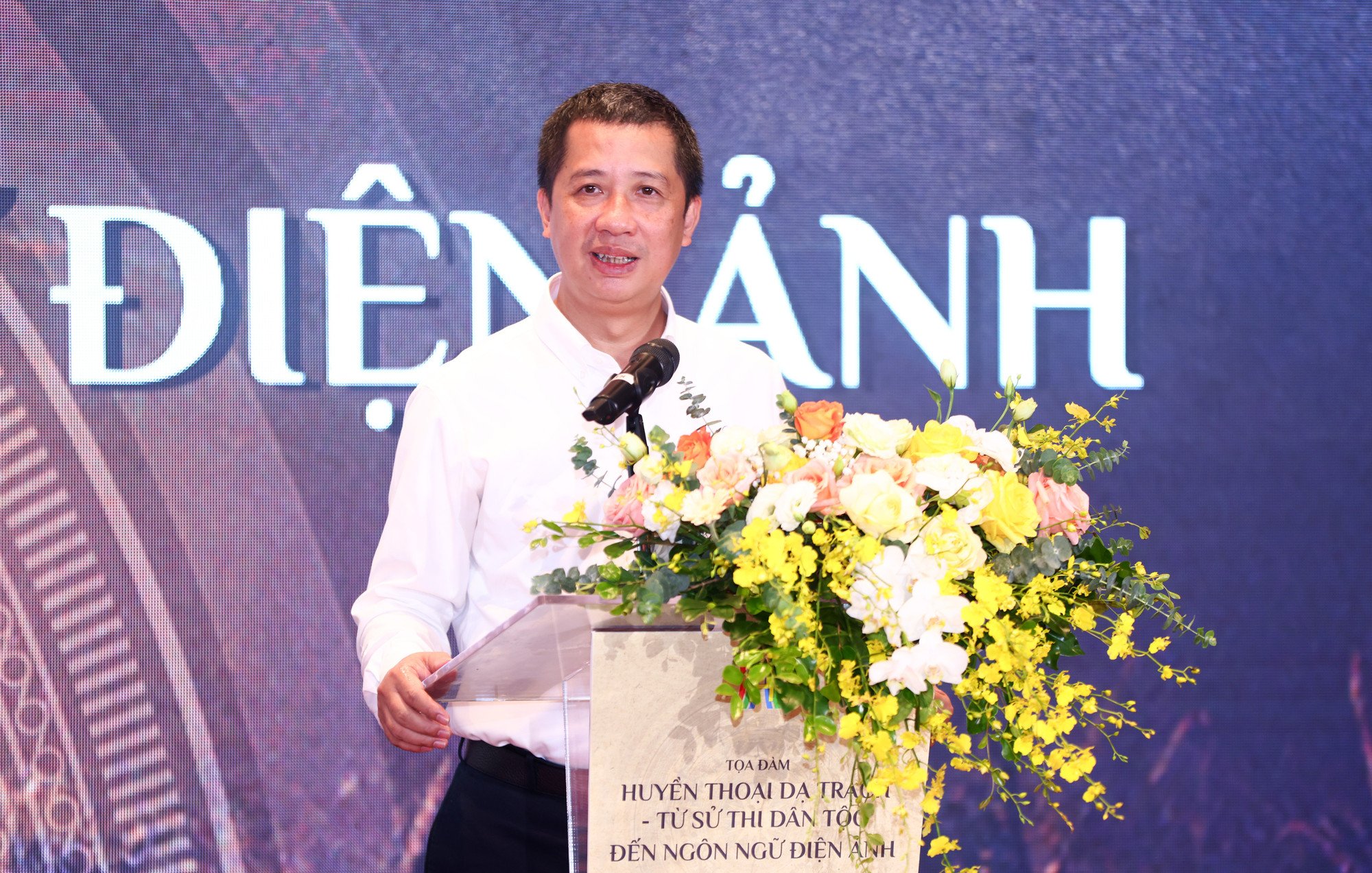
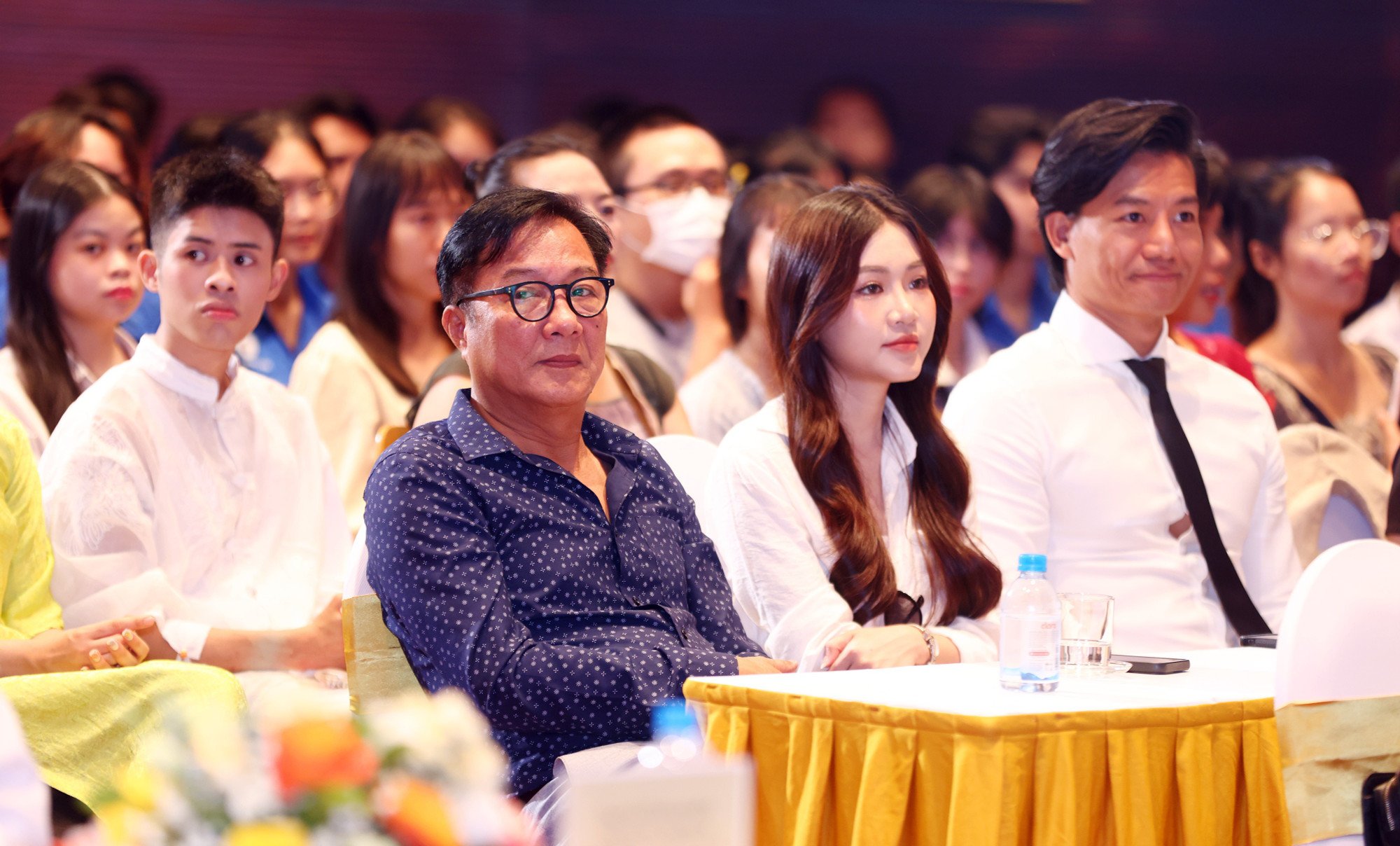
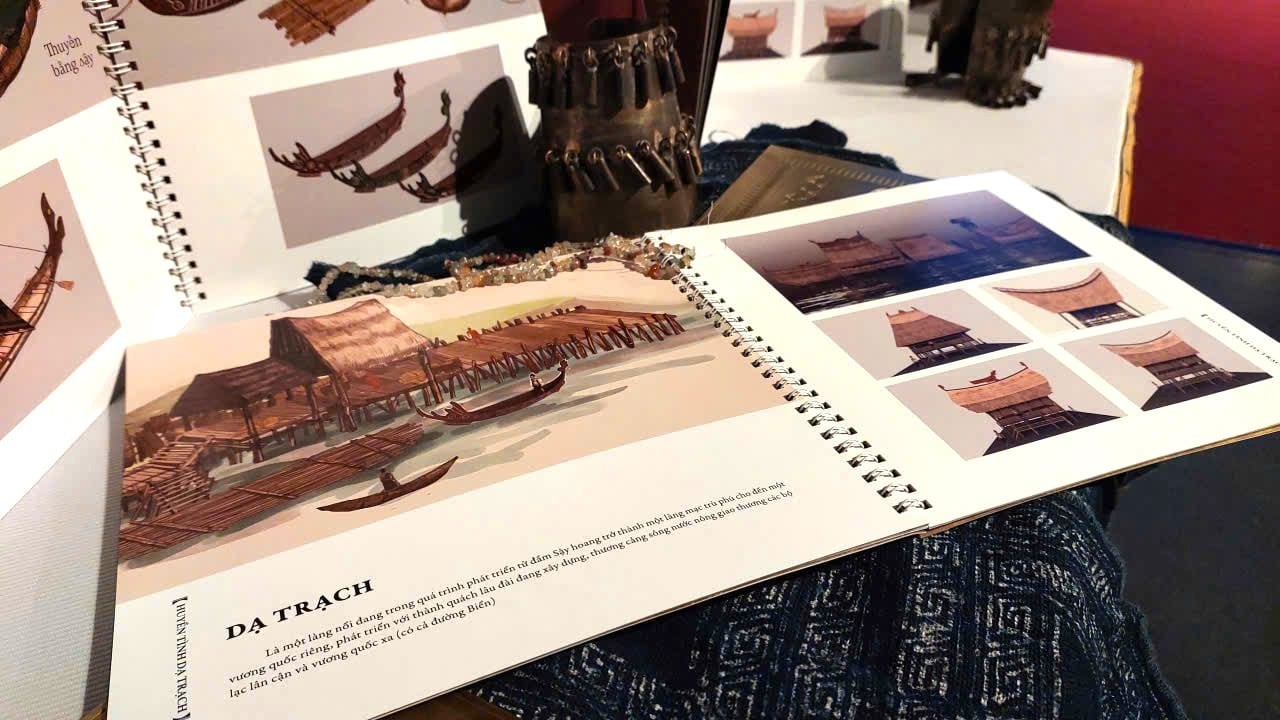
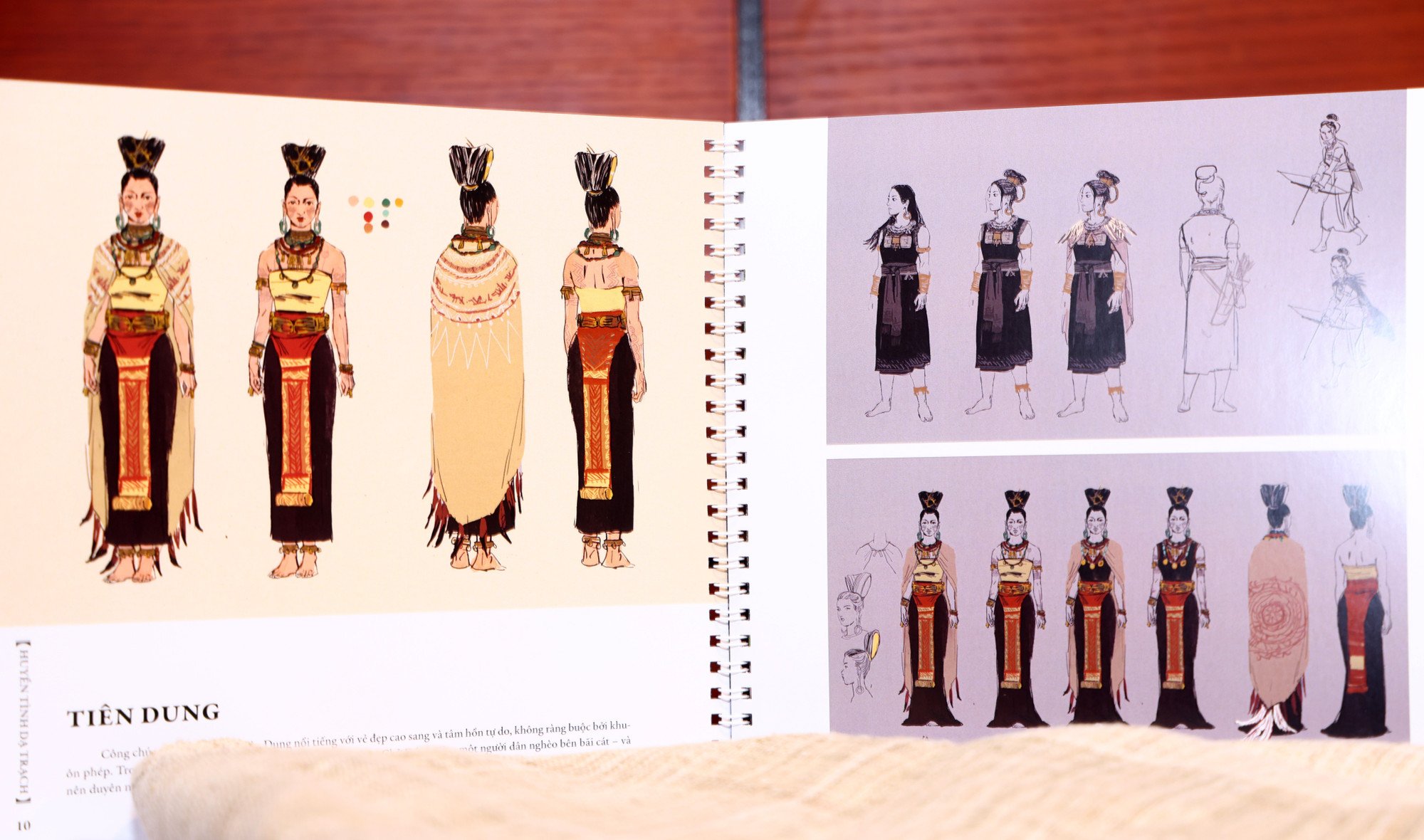
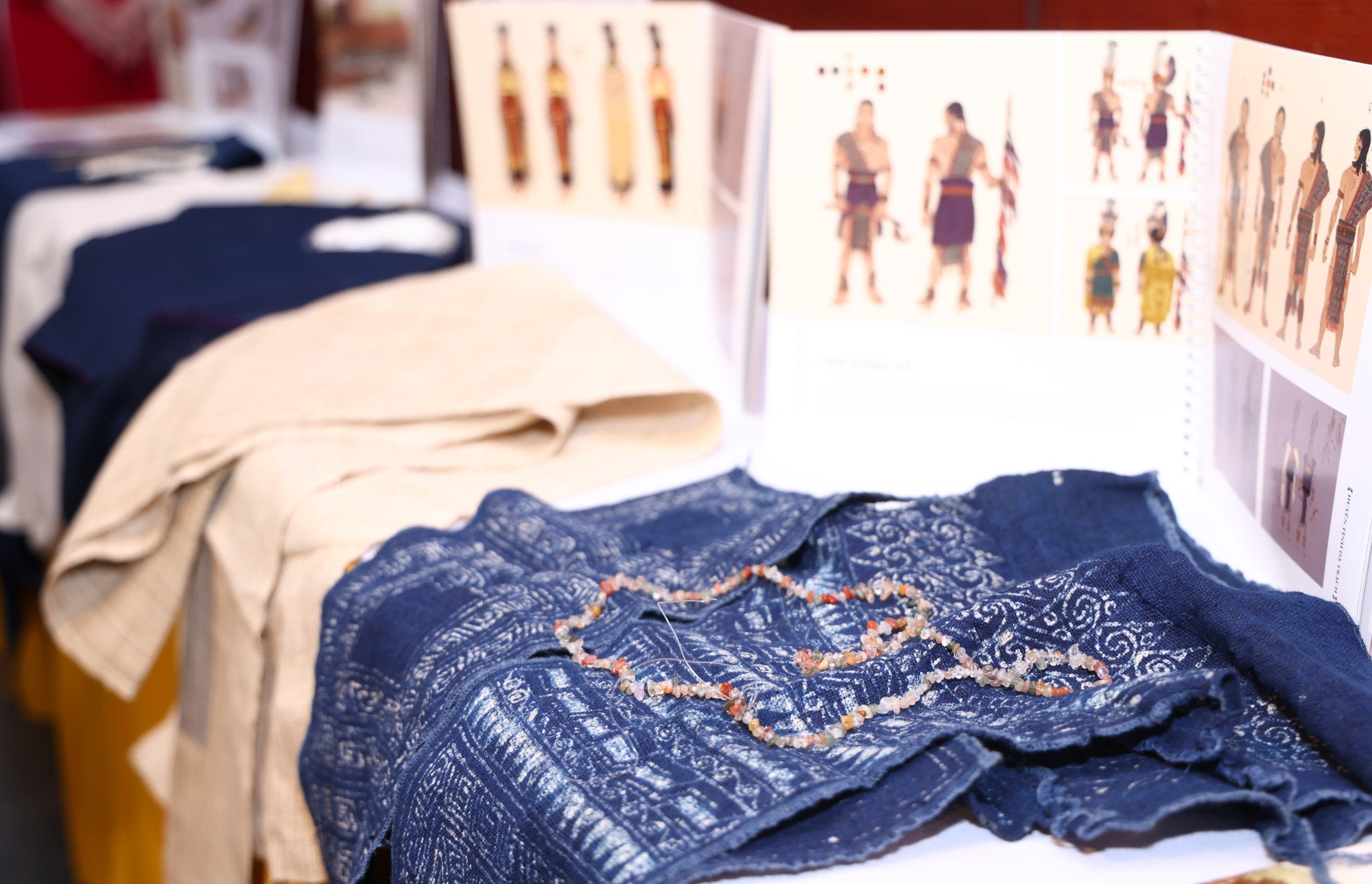
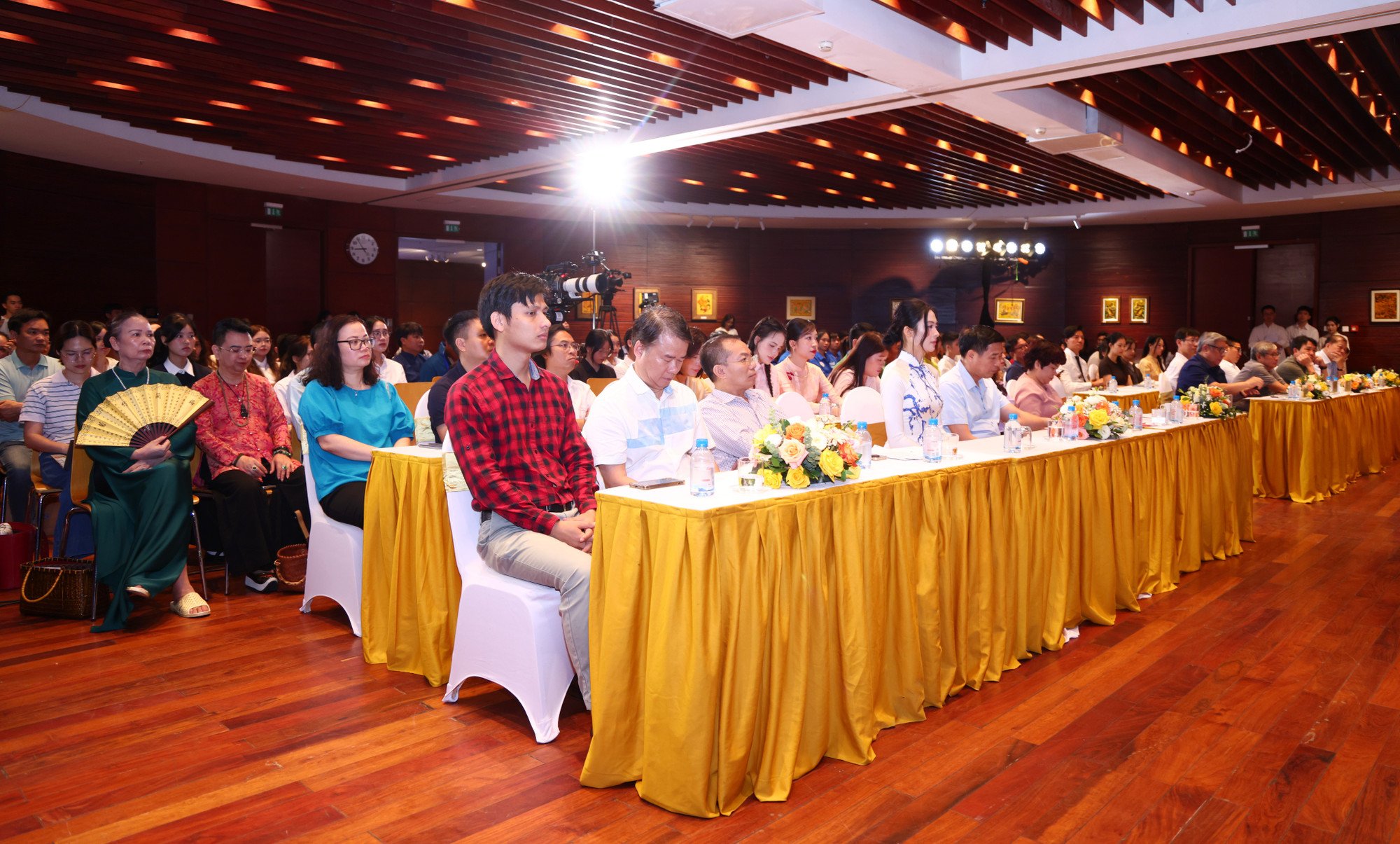
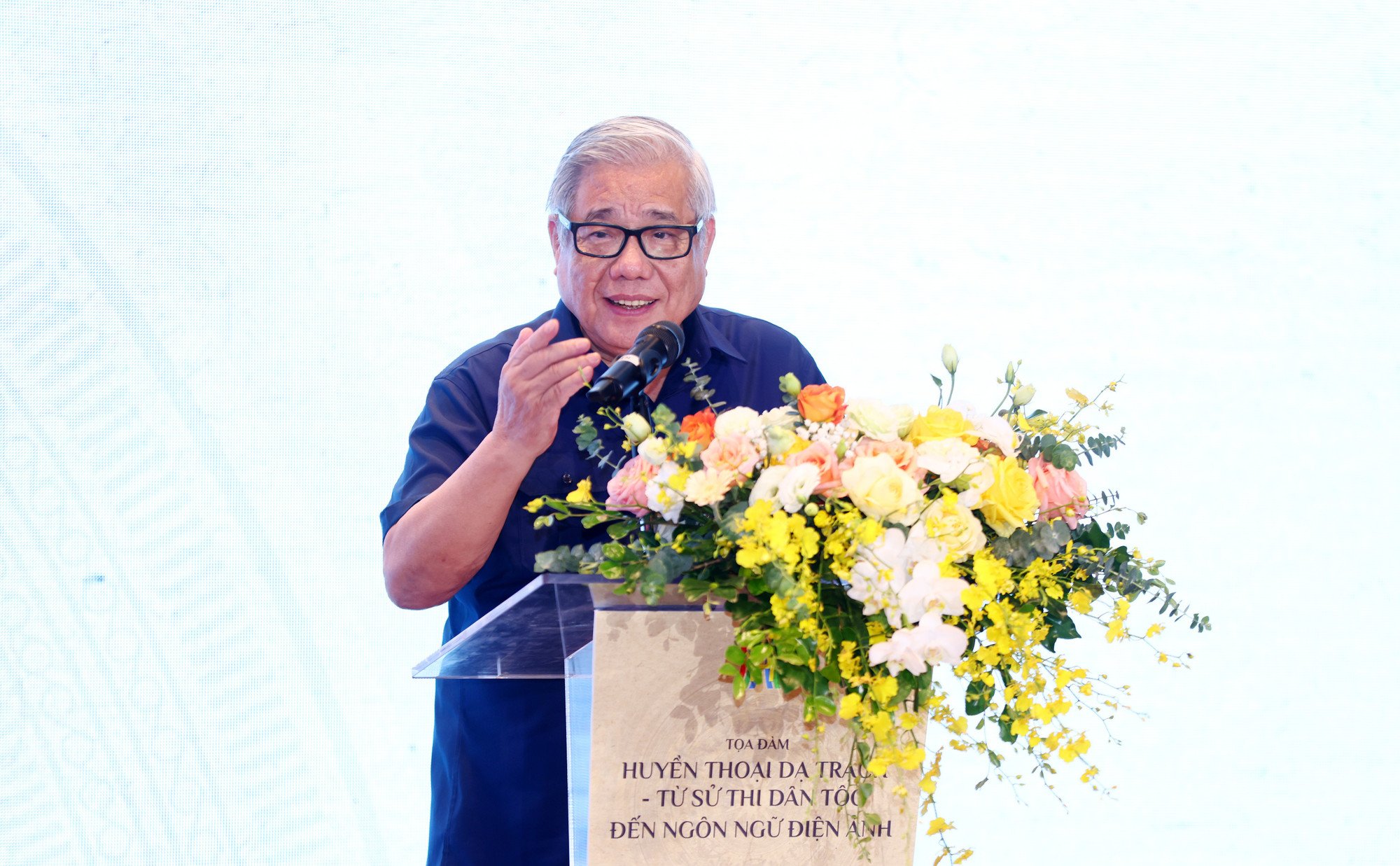
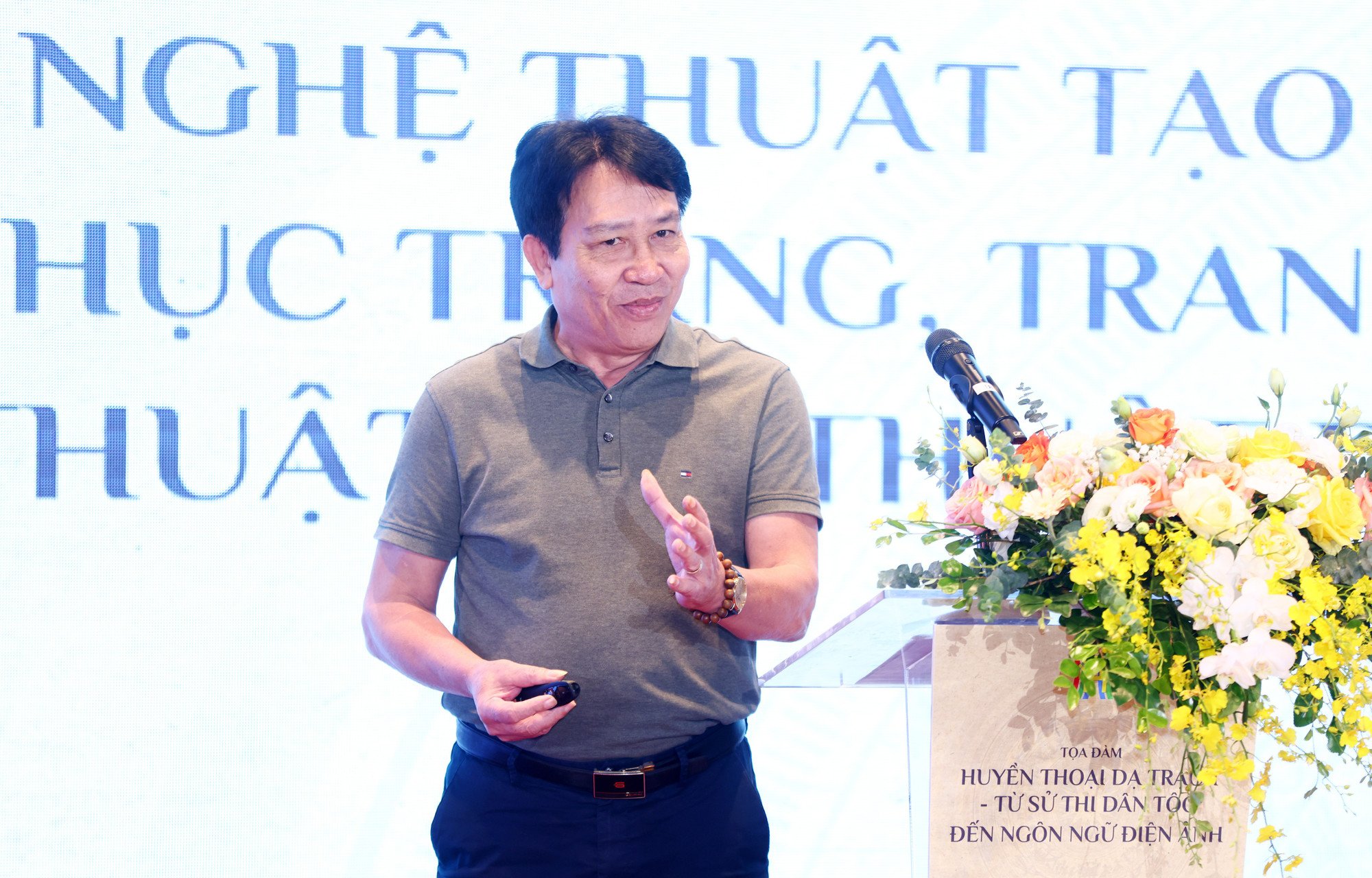
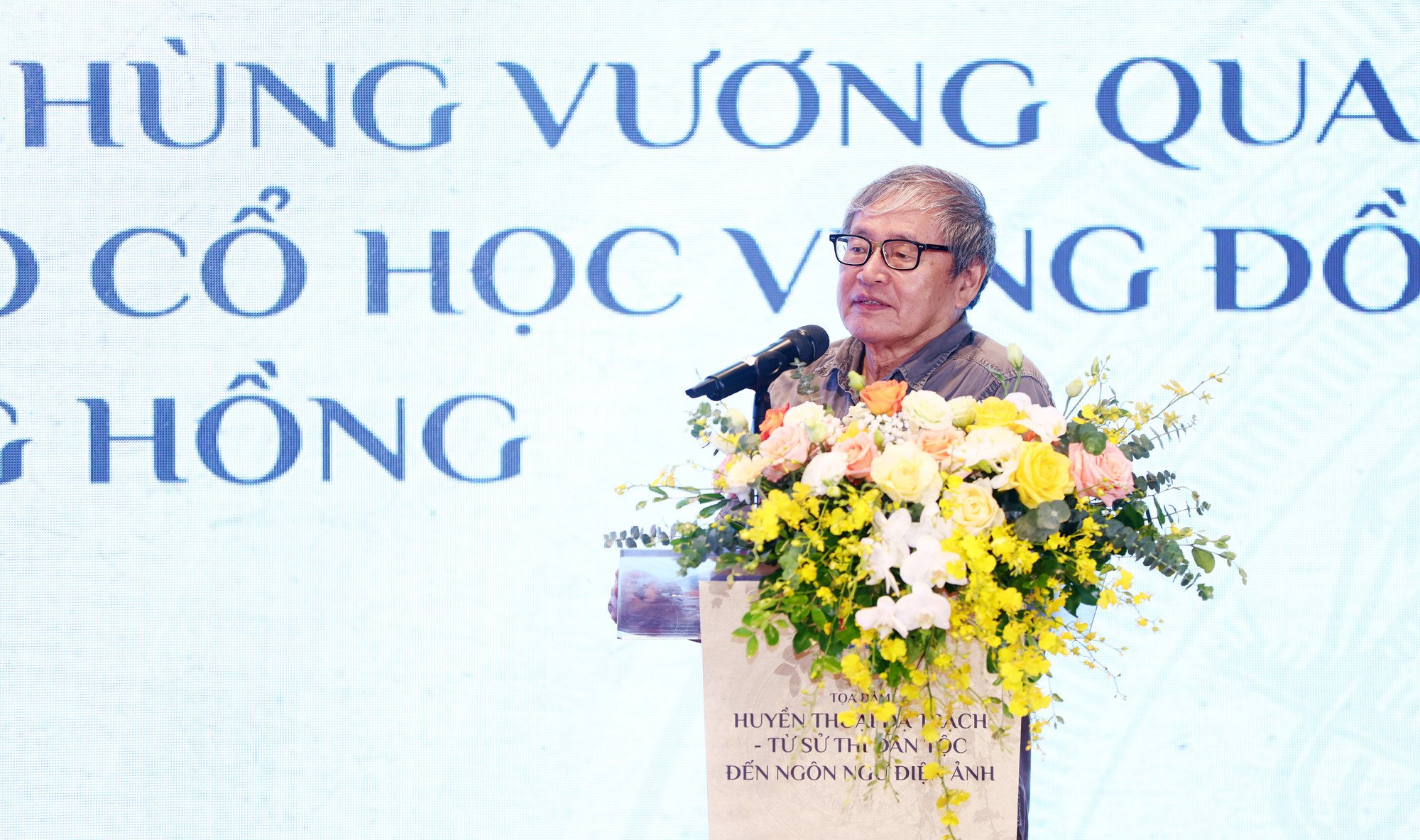
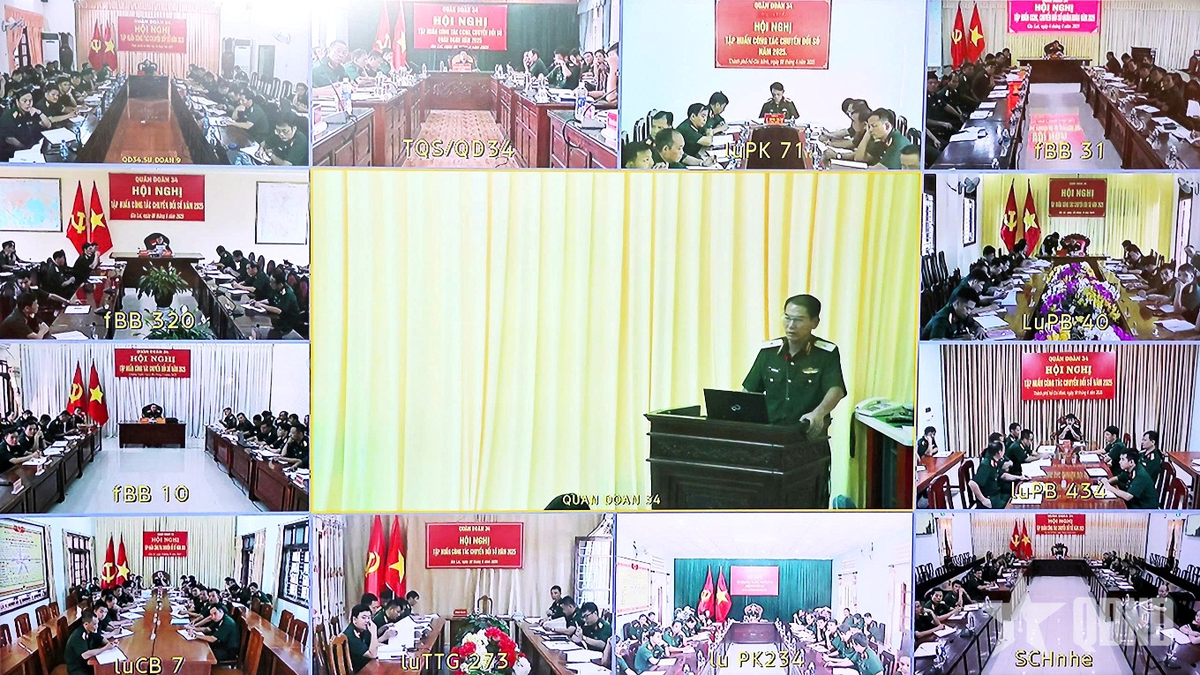
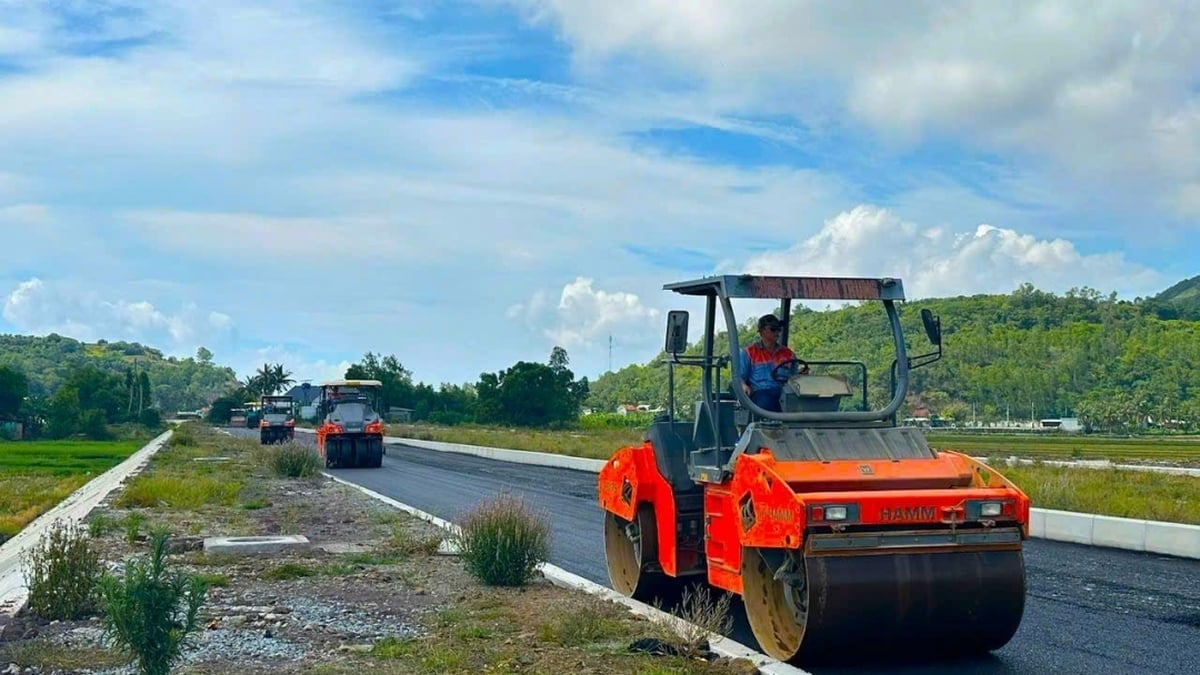

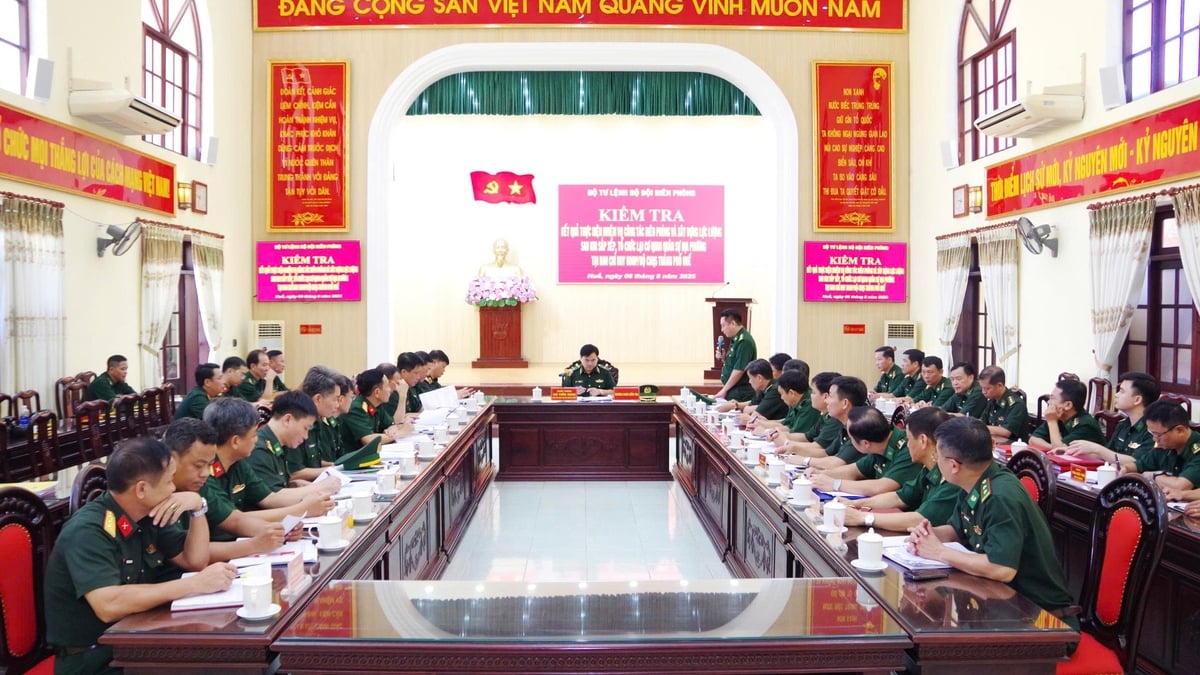
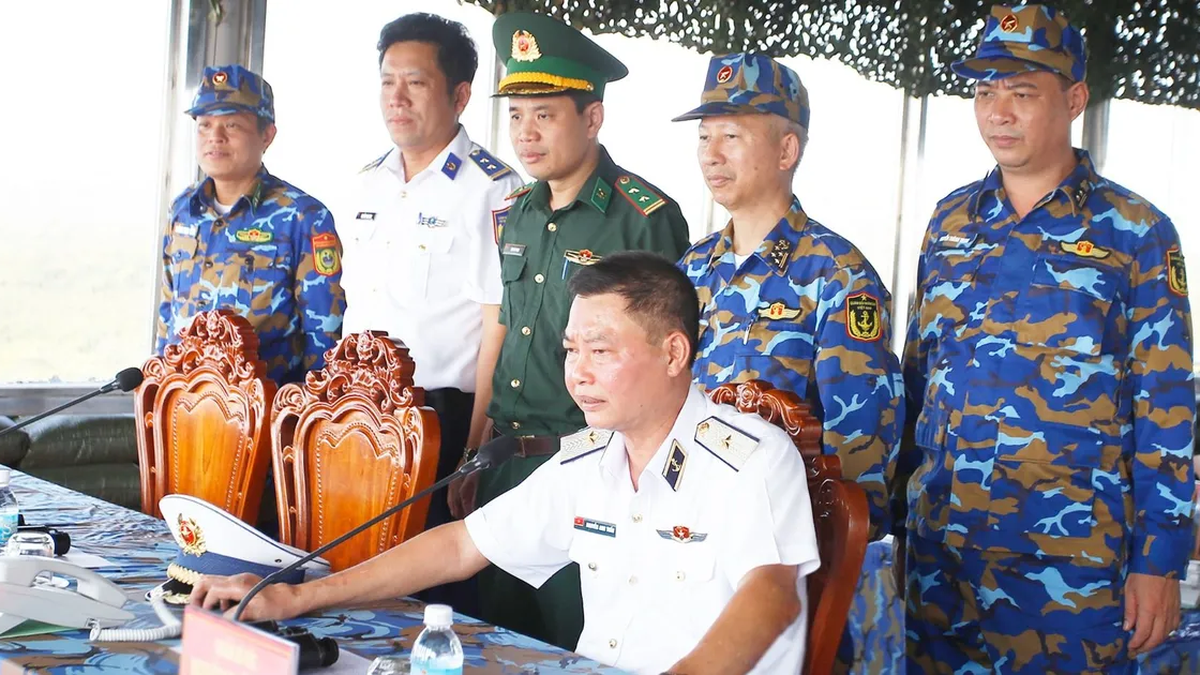
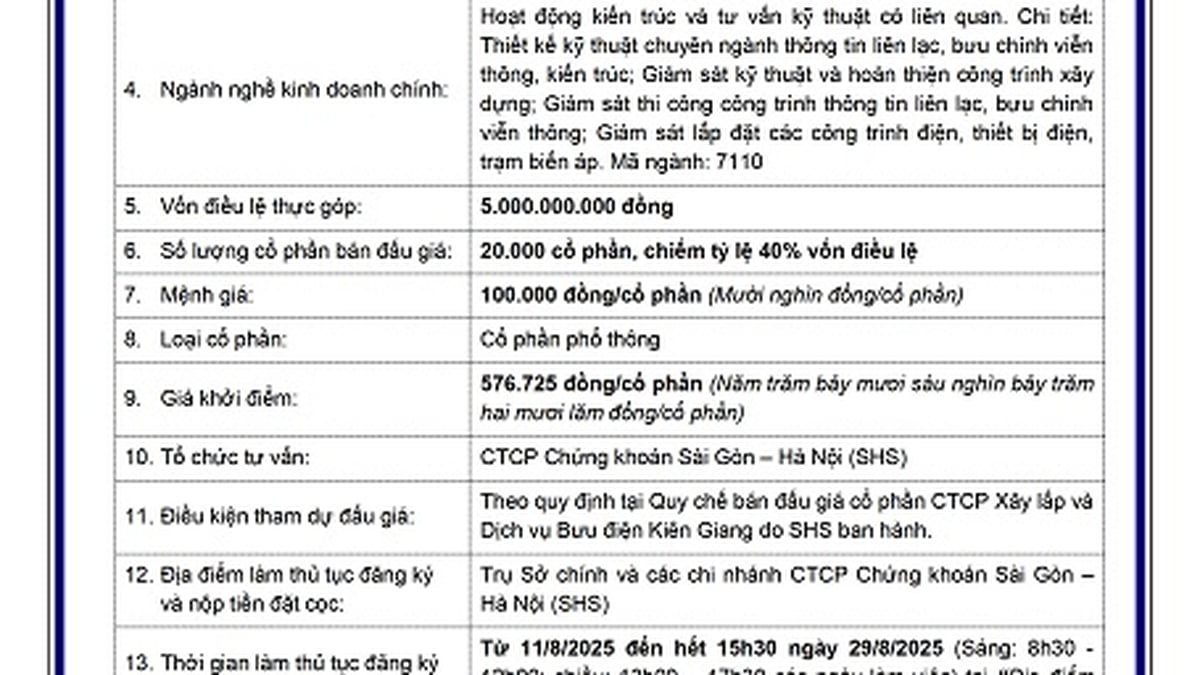
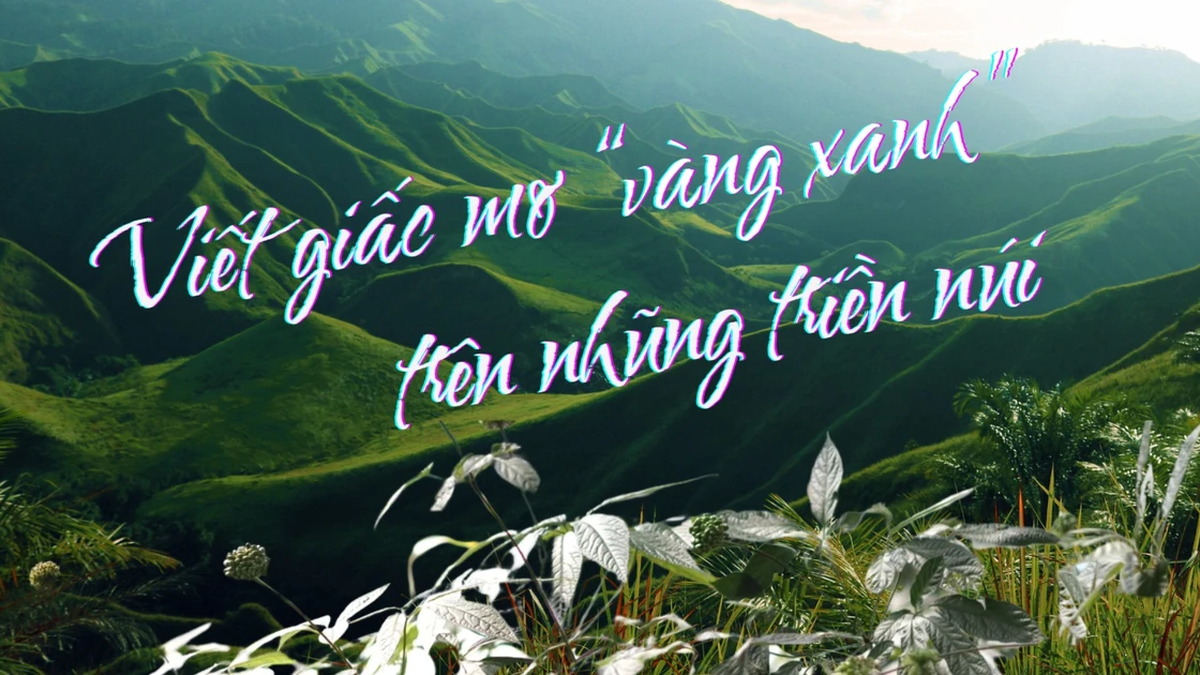

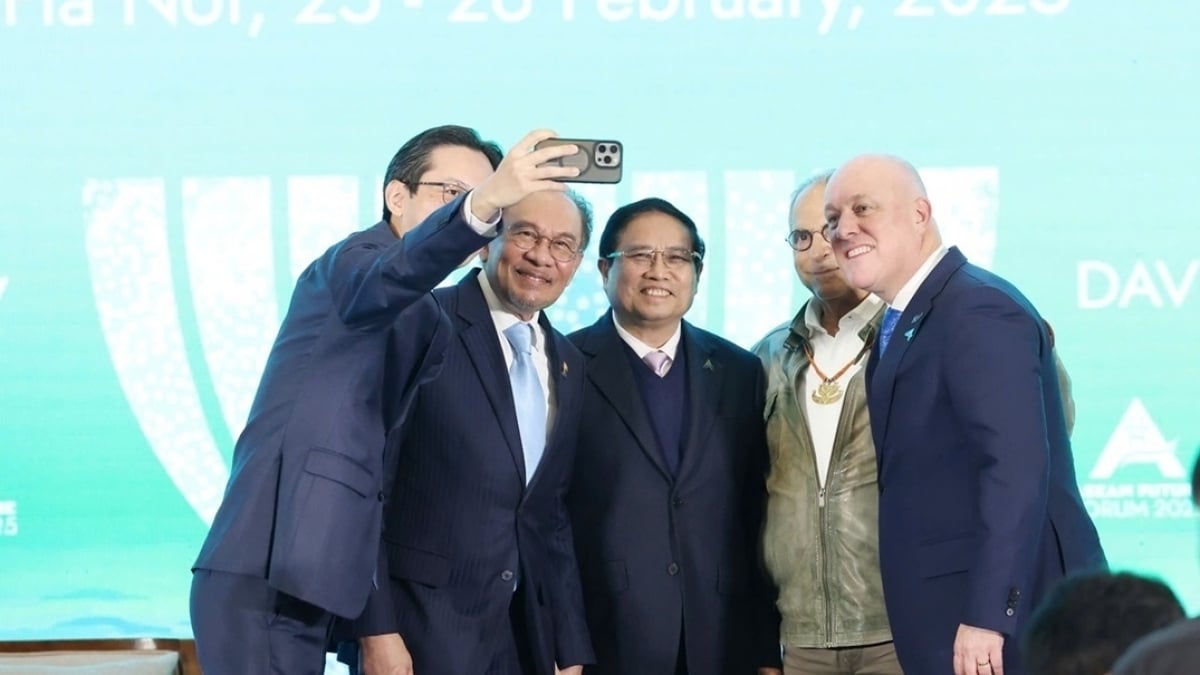


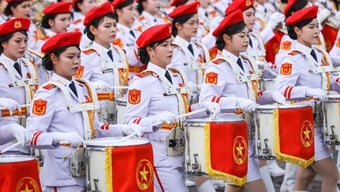








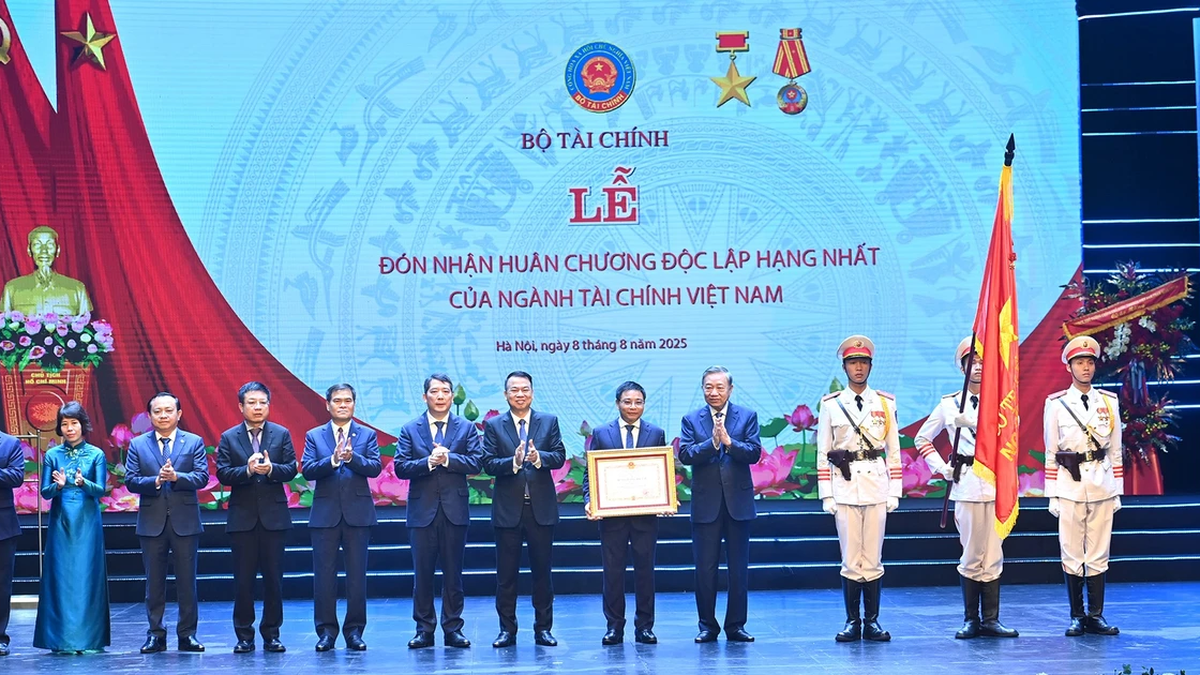

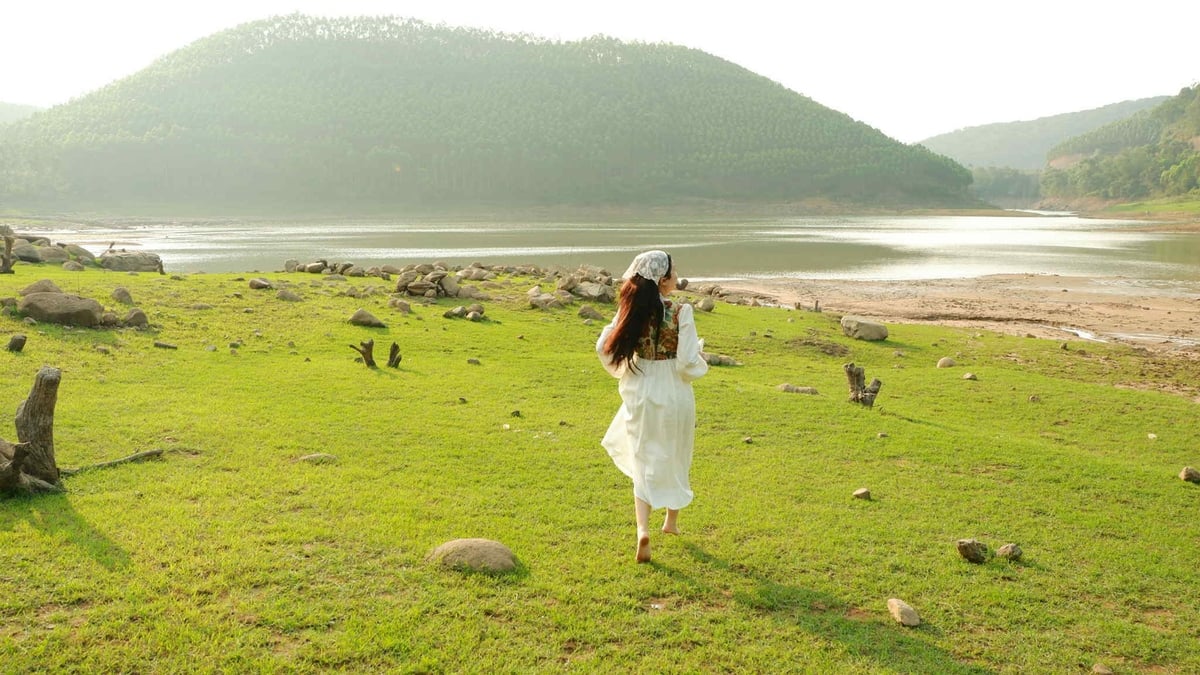

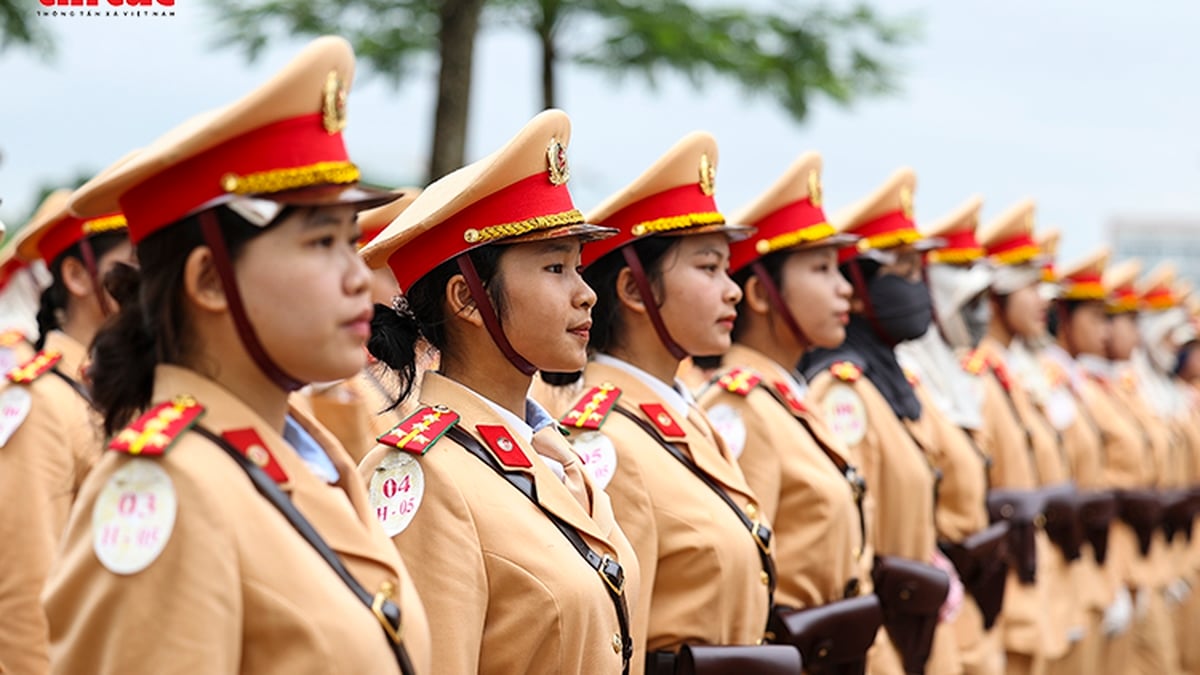

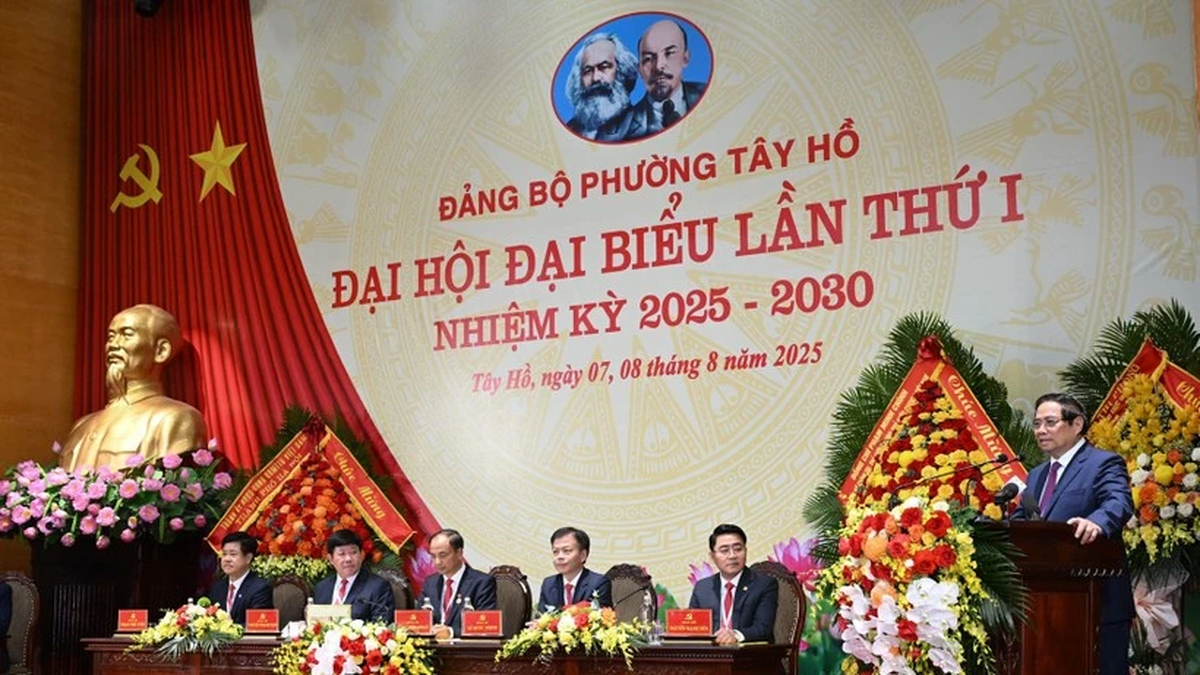


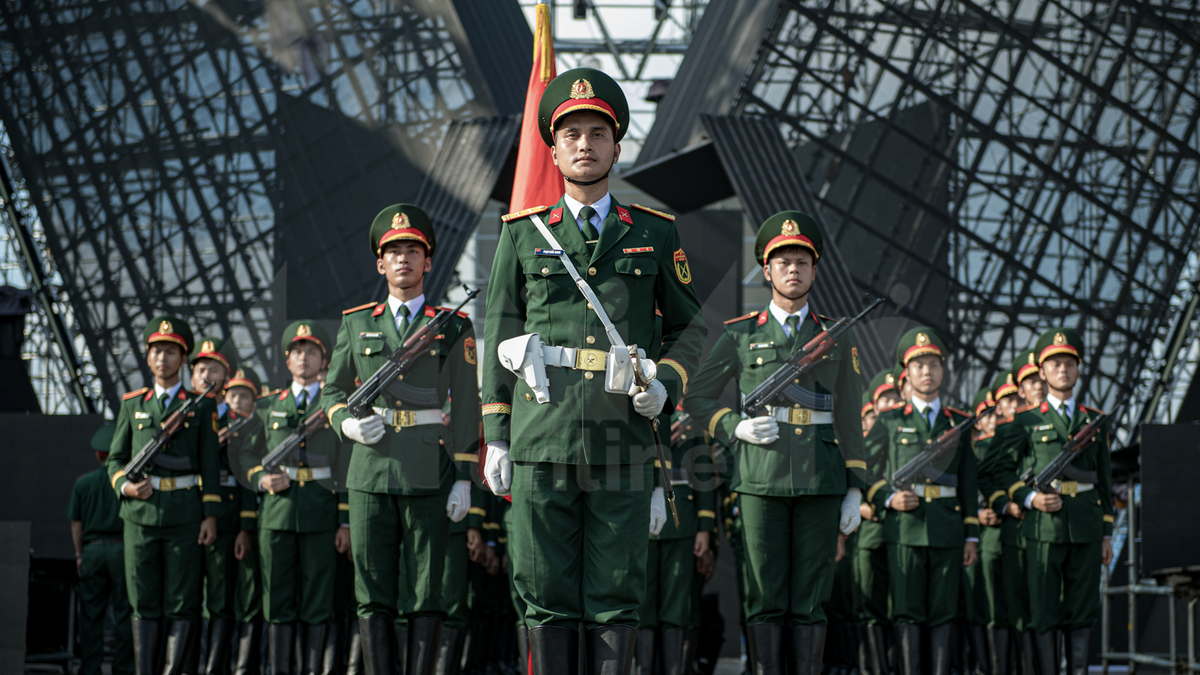
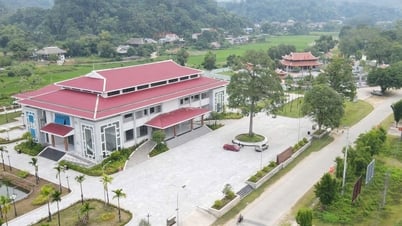

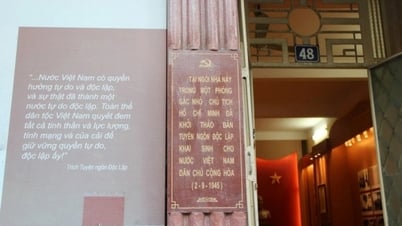

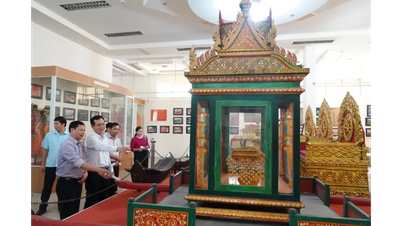



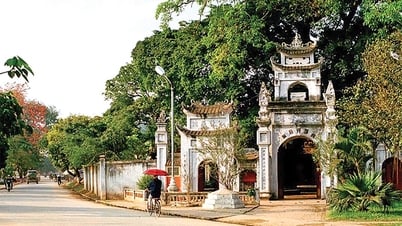



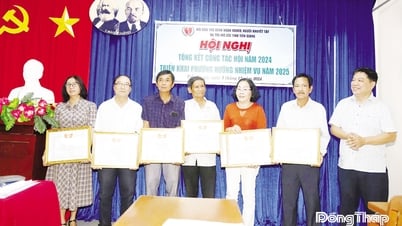



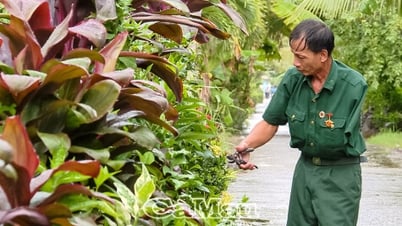









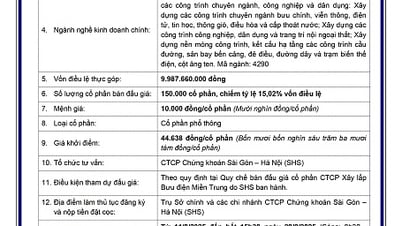
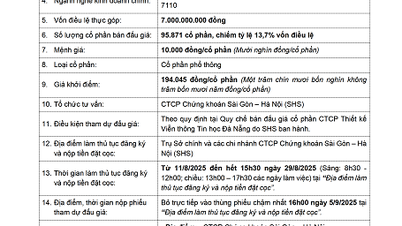

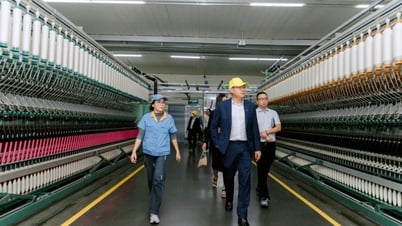







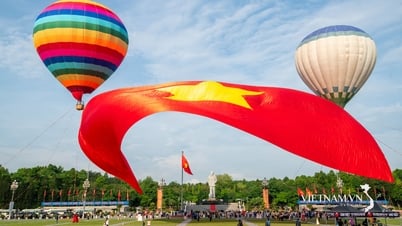
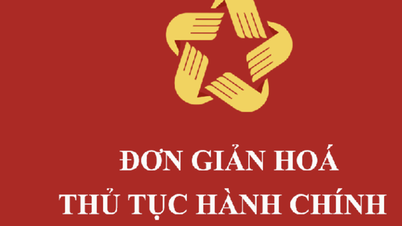

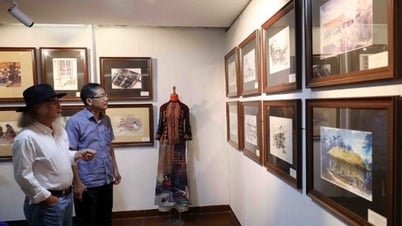
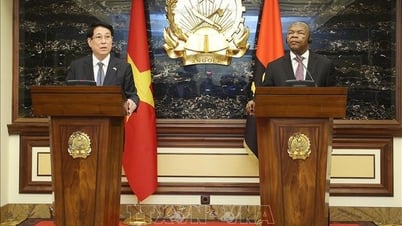

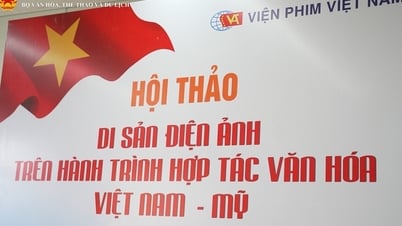
























Comment (0)